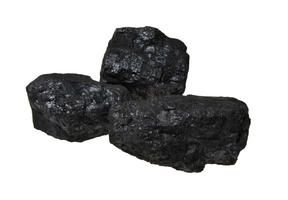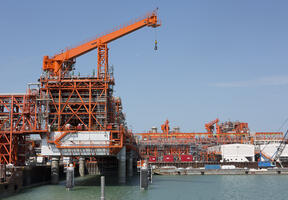Carbon Capture, Utilization and Storage
15 min read
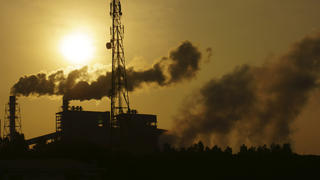
© THINKSTOCK - XUANHUONGHO - Industrial exhaust is made up of many gases including CO2, which has to be isolated before the capture phase.
Carbon capture and storage (CCS) technologies are emerging as one of the most closely studied areas in the battle against , thanks to their potential for reducing emissions. However, the road is paved with many technical and financial obstacles. In addition to being stored, CO2 can also be used as a raw material to produce fuels, plastics and chemical products. Together, these techniques are often referred to as carbon capture, utilization and storage (CCUS).
Explore
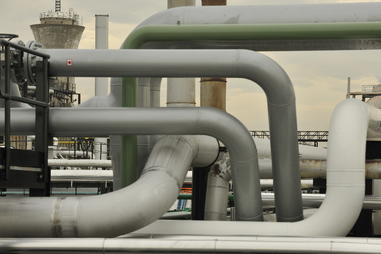
Carbon Capture
Carbon capture and storage (CCS) is a concept that could be applied to industries that emit the most carbon dioxide (CO2) in facilities such as coal-, gas- and fuel-oil-fired power plants, steel, petrochemical and cement plants and oil refineries.
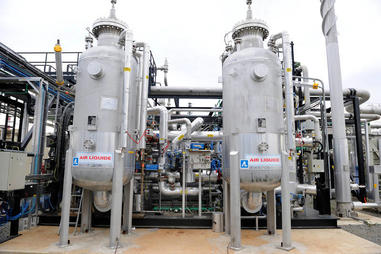
Carbon Transport and Storage
Once the carbon dioxide (CO2) has been captured (see Close-Up:" Carbon Capture"), it must be transported to a permanent storage site then injected below the Earth's surface. Proper precautions need to be taken to ensure that the CO2 remains buried for thousands of years.
The Future of CO2 Capture and Storage
Capturing and storing CO2 helps reduce greenhouse gas emissions and thus slow down global warming.







